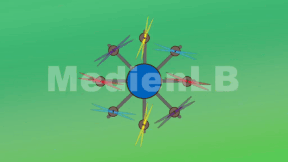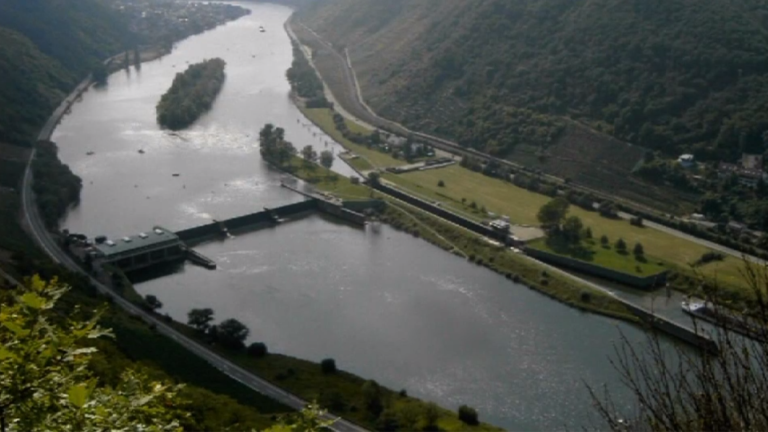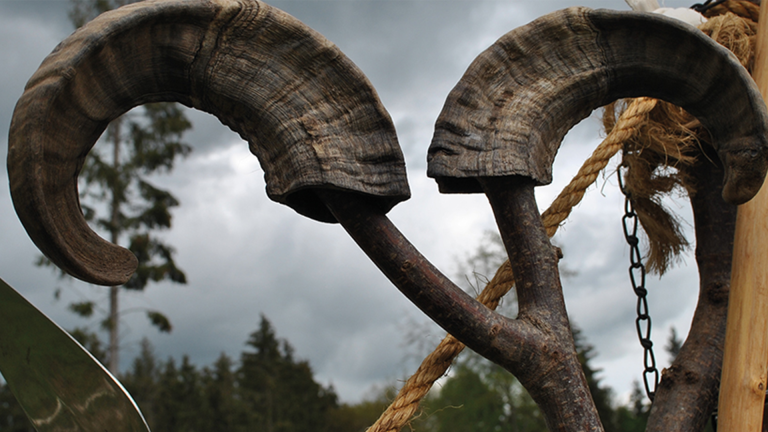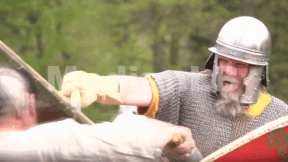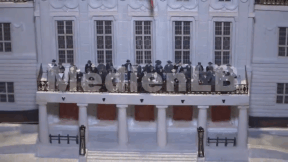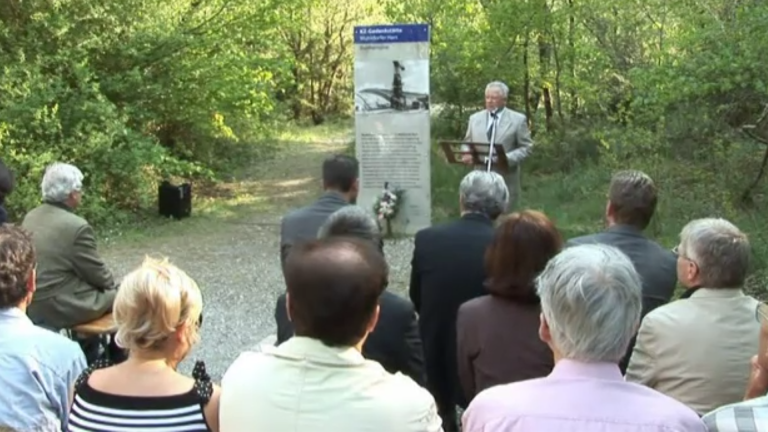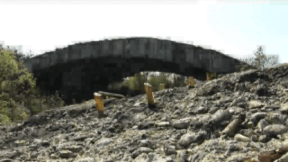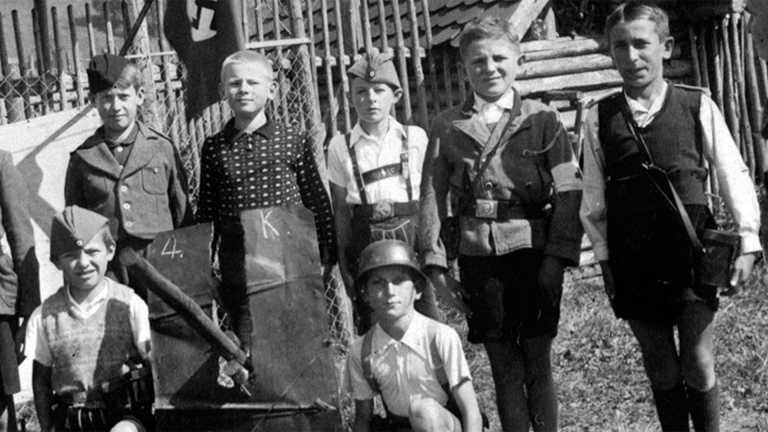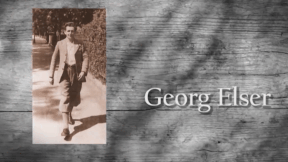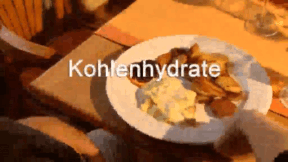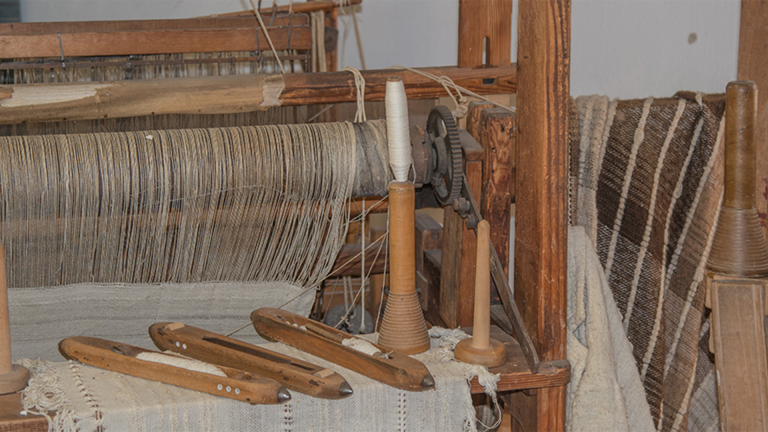Suche:
- # Artistry
- # Biology
- # Chemistry
- # Ecological
- # Economy
- # English
- # Foreign Language
- # Geography
- # German
- # Health
- # History
- # Informatik
- # Latin
- # Mathematics
- # Media Education
- # Music
- # Physics
- # Politics / Civics
- # Preschool
- # Primary School
- # Religion
- # Society
- # Sports
- # Technology
- # Training of Teachers
- # Vocational Education
All Is Number
“All is number“, this saying already applied in the 5th century B.C. when the brotherhood of the “Pythagoreans“ was founded. Natural, rational and irrational numbers have been an important concept since the creation of the Bible, throughout antiquity up to our modern times. The Fibonacci Numbers, for example, have not only found their use as a numerical pattern in mathematics, they have also been immortalised in art and painting. In this film different and amusing approaches to mathematical methods and processes are illustrated with vivid images, which facilitate pupils’ understanding. In many things that we handle every day fascinating numerical proportions are hidden. Squaring the rectangle and the circle play an important role thereby. Since Greek antiquity the Golden Ratio has been considered to be the epitome of aesthetics and harmony. Together with the extensive accompanying material the DVD is ideally suited for use in the classroom.
Learn moreSpace
The conquest of a new world: the first satellite, the first man in space, the first steps on the moon – pictures we all know.
Learn moreDrohne
Es gibt sie in Kleinstversionen für den Privatgebrauch ebenso wie in großen, 500 kg schweren Versionen für die militärische Nutzung. Die Rede ist von Drohnen, unbemannten, ferngesteuerten Fluggeräten.
Learn moreWater Energy
Energy Is Everywhere It is everywhere. Within and all around us. It creates storms and moves the stars of our universe just as it makes a butterfly fly. It makes the plants grow and keeps the atoms together. Without it, we could not move, think and act. Without it, we would not be alive. Our world would not work as we know it if it did not exist: energy. Cars, television or light in your living-room – all our technology only works with the help of energy.
Learn moreCelts
The term “Celts“ refers to a great number of different ethnic groups. So we do not speak of one “Celtic people”, at any rate not according to modern ethnic criteria, but rather of tribes within the circle of Celtic culture.
Learn moreThe Weimar Republic
In the heart of the federal state of Thuringia, there is the small town of Weimar, in which the cultural histories of Germany and Europe are blended together in a confined space.
Learn moreRemembrance or Oblivion
The DVD provides an overview of the setting up of the concentration camps in the vicinity of Mühldorf on the Inn. Thousands of prisoners worked there from 1944 up to the end of World War II, building an arms bunker. It was planned as a production site for a jet plane that – as a wonder weapon – was believed to bring about the decisive turn-around in the war. The camp of Mettenheim and Forest Camp V were orga- nisationally linked to the main camp of Dachau as additional camps. The arms bunker was never completed, but blown up after the end of the war and now, as a ruin, reminds us of the „extermination through work“ associated with its construction. With the example of Mühldorf, the film documents how we can obtain information today on a long ignored part of our his- tory, how we can build memorials and remember the victims in a dignified way. Contemporary witnesses emphasise how important it is for the future to remember National Socialism. Our young people, who grow up in times of an ever-increas- ing temporal distance to the holocaust, must be warned against letting something similar happen again.
Learn moreGeorg Elser
Who is this boy who almost killed Hitler later in his life? But for a gap of only a few minutes he would have decisively changed world history. Perhaps this boy would be hailed as a hero of German history today if his attack on Hitler had proceeded as he had planned? Who is this Georg Elser, who comes from a rather modest background and grew up in a small Swabian village far away from the big cities? And how did it happen, anyway, that he set out alone against Hitler? And why is it that this Georg Elser, who nearly changed the course of the world, is still so little known in Germany?
Learn moreWie Chemiker arbeiten
Chemie begegnet uns permanent im Alltag, beim Kochen, Putzen oder Backen.
Learn moreCarbohydrates
The term carbohydrate or saccharide is a collective name for all substances with the chemical formula Cn(H2O)n. Carbohydrates are the basis of nutrition. They are part of our diet as starch, glucose (grape sugar), fructose (fruit sugar), lactose (milk sugar) and saccharose (beet, cane or table sugar). Important suppliers of carbohydrates are potatoes and cereals such as rice, wheat, maize, millet, rye and oats. The various carbohydrates in our foods are introduced to the pupils. The characteristics of polysaccharides, disaccharides and monosaccharides are explained to them and in which foods these substances occur and how they are structured. In addition, the different origins of starch, starch degradation products, gelling agents as well as sugar alcohols in confectionery are dealt with. The DVD shows how various substances can be detected with the help of chemical processes. Together with the extensive accompanying material the DVD is ideally suited for use in the classroom.
Learn morePre-March Era
After Napoleon's final defeat at Waterloo in 1815, Europe was reorganised at the Congress of Vienna.The civil rights achieved in the French Revolution, which spread throughout Europe, were taken back. The growing resistance to this culminated in the March Revolutions of 1848 in various European countries. The film traces the epoch of Vormärz in Germany and shows in particular how the political present of the time was reflected in literature.
Learn moreInternetsicherheit 1
Das gemeinsam mit schutz.digital entwickelte Medium widmet sich der sicheren Benutzung von digitalen Geräten. Die erste von insgesamt 5 DVDs beschäftigt sich mit eigenem Verhalten und zeigt, welche Auswirkungen zu sorgloses Verhalten im Internet haben kann.
Learn more








